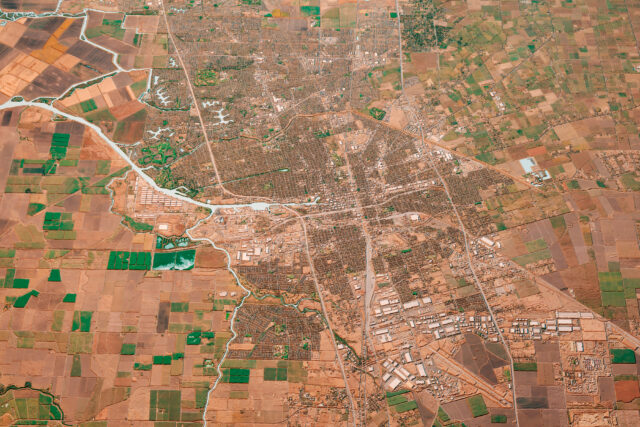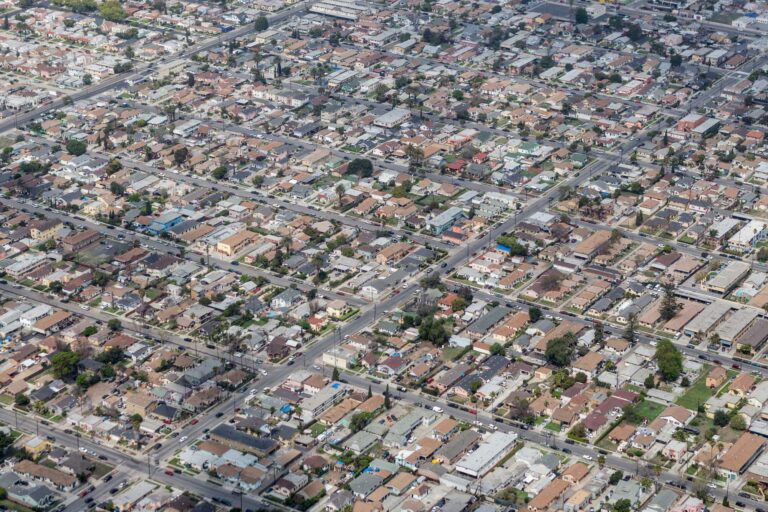California’s Citizens Redistricting Commission (CRC) released draft maps of the state’s new political districts last week. The districts adjust for the changes in population that have taken place in the last 10 years. There is a mandatory two-week feedback period before the CRC approves final districts by late December. Barring any successful legal challenges, the final maps will shape California’s elections for the next 10 years.
The CRC must consider a range of factors when drawing the maps. In this blog post, we evaluate the maps on two important goals that are either required by law or hoped for by most observers: representation for communities of color, and allowing for elections that are fair and competitive between the two major parties.
The law requires the CRC to draw districts that will empower underrepresented racial/ethnic groups where such communities are large, geographically compact, and politically cohesive. Historically, these mandates have failed to give communities of color representation proportional to their share of the population, and the maps currently in use are no exception.
The figure below shows how the CRC’s draft maps would change this status quo (we also indicate the racial/ethnic makeup of each district in the maps below). The left column reports the number of districts where each racial/ethnic group is a majority of the voting-eligible population, while comparing the current and draft maps for each chamber. The right column shows the number of “influence” districts, where the racial/ethnic group is of substantial size but not a majority (which we define as between 30% and 50% of the voting-eligible population).
Latinos are the largest community of color in the state (30% of voting-eligible adults), and have by far the most representation under the current lines, while Asian Americans (15% of eligible adults) and African Americans (7% of eligible adults) mostly make do with influence districts. The draft maps increase the number of majority-Latino districts in each chamber (up two in the assembly, one in the senate, and three in the US House) and add one majority-Asian district in the assembly. There are no majority-Black districts under either the current or draft maps.
Gains in majority districts mostly come at the expense of influence districts. Latino-influence districts have declined in each chamber (down one in the assembly, two in the senate, and four in the US House). The draft maps also have two fewer Asian-influence districts in the assembly and one fewer in the House. African Americans, by contrast, gain one influence district in the assembly and two in the House, helping the community recover from a dispersion of its influence over the course of the last decade.
The law does not require the CRC to draw competitive districts or meet any particular goal of partisan balance. But it does forbid the CRC from deliberately favoring incumbents or parties, and many hope the CRC plans will also be competitive and achieve a reasonable partisan balance.
Below, we show partisan predictions under CRC’s draft maps, using the nonpartisan site PlanScore. The partisan predictions for each seat represent the chance that the district will elect a Democrat over a Republican in the average election. Seats that “lean” have a greater than 50% chance of changing party control at least once in the coming decade. (Note that these districts do not have numbers yet, so we use the CRC’s own geographic labels to ease comparison to their maps.)
The draft congressional map would have elected 40 Democrats out of 52 races in the average election of the last decade. Likewise, the draft senate map would have elected 31 Democrats out of 40 races, and the draft assembly map 62 Democrats out of 80 races. These numbers are very similar to those of the existing maps. Because the predictions assume an average election, they may overstate Democratic performance for 2022, since a president’s party tends to do worse than average in midterm elections. But the central tendency will still be strong Democratic performance.
Moreover, the ups and downs of party performance will not affect the overall partisan bias of these plans, which favors Democrats. Two widely used measures of bias—the efficiency gap and declination—suggest that all three maps lean Democratic, with a higher skew than most historical plans. All three plans are likely to continue favoring Democrats throughout the decade even as party fortunes rise and fall.
The new maps are a little more competitive than the existing ones. Fourteen draft assembly, 11 senate, and 13 US House seats are likely to change party control at least once in the decade, compared to 12, 9, and 10 in the current maps. Some of that reflects incumbency; if every seat were open, there would be four more assembly and two more US House seats that would likely flip.
Finally, the commission does appear to have appropriately ignored incumbents when drawing the lines. We identify 29 assembly members, 14 senators, and 20 members of Congress who have been drawn into a district with another incumbent. Members of Congress are not legally required to live in their districts but face strong political pressures to do so, and state legislators would legally have to move to another district to avoid running against a fellow legislator.
The CRC has plenty of opportunity to revise these maps—and will likely do so in response to feedback. Later this week, PPIC will have more analysis of the maps on important geographic criteria, and we will continue to monitor developments in redistricting as the process unfolds.
Topics
California Legislature Census decennial census elections Political Landscape political parties political representation Population redistricting US CongressLearn More

Racial Representation and Partisan Leanings in California’s Final Redistricting Maps

Redistricting Opens New Opportunities for Communities of Color





